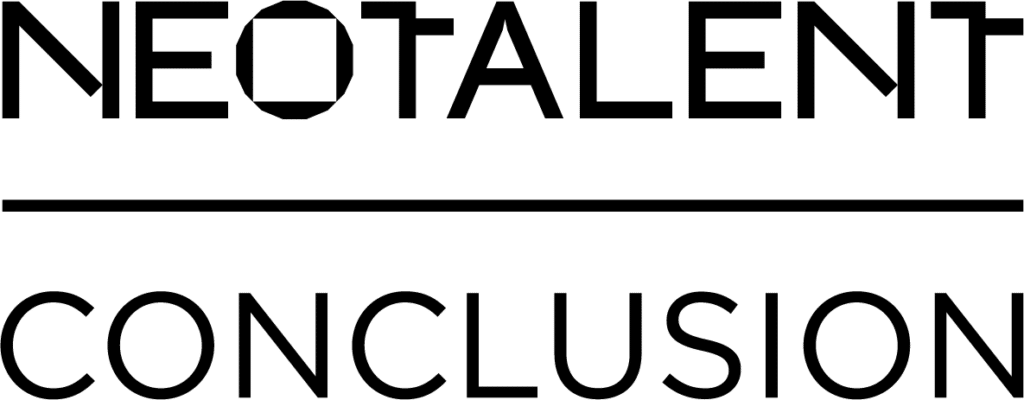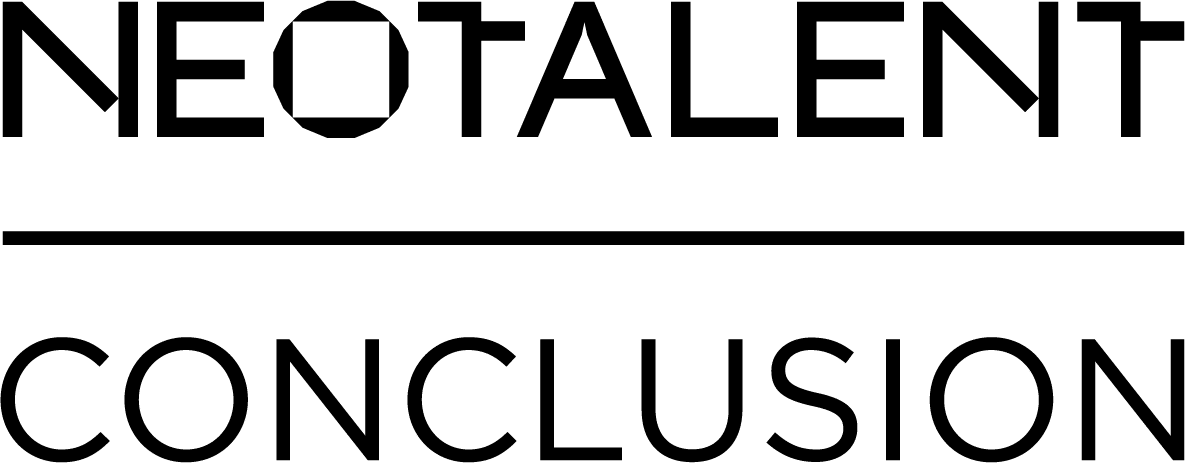Patrícia Bastos is a UX/UI designer at Neotalent Conclusion, with a journey as versatile as it is inspiring. With a background in Fine Arts, she has brought her visual sensitivity into the digital world, designing user-centered solutions that have a real impact on the user experience.
She recently spoke at an event that we co-hosted with Ladies That UX Lisbon, where she shared her perspective on inclusive design and the evolution of the UX/UI discipline.
In this interview, she talks about her career transition, her daily work in multidisciplinary teams, and the current challenges in the field. A conversation that offers both insight and inspiration — for junior profiles and seasoned designers alike.
UX/UI wasn’t always your professional area. Would you like to tell us a bit about your path to this day? What motivated you to enter the UX/UI field?
PB: My basic training is in Fine Arts, and I then furthered my academic path with a master’s degree in Contemporary Art. The truth is that opportunities arose more as a graphic designer, more on a part-time basis at first, and it was from there that my path began to evolve naturally toward more digital areas. With the rapid growth of apps, came the opportunity to work more closely with multidisciplinary teams, including designers focused on user experience. This proximity awakened in me a growing interest in understanding, in more depth, the behavior of the people who use the products I was helping to create.
I’ve always been extremely curious about users’ motivations and needs, which led me to want to explore research and analysis methods in greater depth. I then decided to complement my practical experience with specialized training at EDIT in Lisbon, which allowed me to acquire tools and methodologies that were not so accessible in my day-to-day work. It was at that moment that I realized that the research component, understanding contexts, and designing people-centred solutions was something that really made sense to me and where I felt most fulfilled.
Did your training in Fine Arts influence the way you approach digital design? What skills did you bring from that area that you now recognize as an asset in your work?
PB: Without a doubt, my training in Fine Arts has had a profound impact on the way I approach digital design. From an early age, I was used to thinking critically and exploring the creative process freely, which taught me to observe carefully, question, and find meaningful visual solutions. This foundation gave me a keen awareness of composition, color, visual balance, and narrative, elements that I continue to apply in interface design.
In addition, my background in the arts gave me a great ability to deal with ambiguity and to keep an open mind when faced with different perspectives… something fundamental when working on people-centered projects. Today, I recognize that this more conceptual approach, combined with the constant practice of experimentation and iteration, greatly enriches my work in UX/UI.
What’s your day-to-day life like as a UX/UI Designer? What are your main responsibilities?
PB: My day-to-day as a UX/UI Designer isn’t that routine, but it always starts with two meetings, one in each team I belong to. In these sessions, we analyze the status of tasks, identify dependencies, and clarify doubts. Afterward, I dedicate myself to my tasks. Still, I always end up having other meetings, whether to support the developers, align solutions with the architect before finalizing any design, or talk to users to outline strategies to solve their problems. Twice a week, I take part in other refinement, planning, retro, or review meetings with both teams.
At the moment, I’m working on a B2B project, creating mockups for improvements on two existing products and conducting user research to understand their needs and expectations. I also do an in-depth analysis of the product to ensure that it remains consistent and coherent, create personas, do competitive analysis and usability tests on prototypes or through customized questionnaires.
Can you describe the main stages you follow in your creative process, from the initial briefing to the implementation of the solution?
PB: My creative process follows several key stages. First, I start by understanding the initial brief, aligning with the teams on the objective of each request, the impact on the product, and the technical requirements. Next, I carry out user research and/or analysis of the existing product to identify points for improvement. Based on this, I create mockups and/or prototypes, validating them through usability tests and other feedback. After iteration, I refine the final design, aligning it with the developers and the architect. Finally, I monitor the implementation to ensure that the final product is consistent with the designed solution.
What do you consider to be a good user experience? Is there a project or digital interaction that has marked you as a user and that influences your work today?
PB: For me, a good user experience is one in which the product solves a problem efficiently, without creating pain points or frustrations. The design must be clear and intuitive and communicate easily and directly with the user. A product that fails to communicate effectively cannot create engagement. Navigation must be fluid and interaction simple, so that the user feels they are achieving their goals without obstacles.
As a user, I appreciate products that are simple, and straightforward, with a good UI and one or two easter eggs. I’ve come across apps that, due to too many clicks or inconsistent flows, I’ve ended up deleting. This experience reinforces the importance of creating clear and consistent solutions, which I try to apply to my projects so that users never feel lost or frustrated.
Gender diversity is a widely debated topic in technology. How do you see gender diversity in UX/UI teams compared to other IT areas? What has your journey been like as a woman in UX/UI?
PB: Gender diversity is still a challenge in technology, where there is a huge disparity between men and women, especially in areas such as development and engineering. However, in UX/UI, I think this difference is less noticeable, as design teams tend to be more gender-balanced than in other areas of technology. I believe that, due to the nature of the role, which requires strong empathy and a focus on user needs, women end up excelling in this field, bringing a more sensitive and human experience-centered approach.
In my career, as a woman in UX/UI, I’ve faced some challenges, whether it’s the constant need to prove my worth or the difficulty in defending my decisions in predominantly male teams, but I also think that the industry is evolving, and women have an essential role to play in building experiences that really make a difference.
What do you see as the biggest challenges in UX/UI today? How do you see this area evolving over the next few years?
PB: In my opinion, the biggest challenges in the UX/UI area today are related to the rapid pace of technological developments. Keeping abreast of new developments and being able to adapt to them requires constant learning and adaptability on our part. With each new development, such as new platforms, devices or even design trends, comes the need to understand how we can implement these innovations effectively so that we can continue to communicate and solve users’ problems.
In the coming years, I see the area evolving with the integration of new technologies, such as artificial intelligence and augmented reality, which will make it possible to create even more personalized and immersive experiences. UX/UI will be increasingly focused on individual needs, and I believe we will see a greater emphasis on creating intuitive and efficient interfaces – people have less and less time to waste!!! In addition, sustainability, accessibility, and ethics in design will increasingly be a requirement, as social and environmental responsibility become central issues for companies.
What advice would you give to someone considering a career in UX/UI?
PB: My first piece of advice is to focus on learning to communicate effectively. This doesn’t just mean understanding users but also being able to defend your design decisions clearly. Creating a good portfolio is essential: it should be thought of as a narrative and not just a collection of work. We should choose projects that really reflect a process and tell a story so that anyone who sees the portfolio can immediately see our ability to communicate and solve problems.
Do never think that because you’re a user you understand user experience. I see many designers making the mistake of trying to solve problems based only on what they think works and their intuition, without resorting to research, well-founded strategies, and, fundamentally, empathy, which is knowing how to put yourself in the other person’s shoes and accept different perspectives.
I recommend reading three books that changed my mindset: Tom Greever’s “Articulating Design Decisions” to learn how to communicate decisions effectively, Nir Eyal’s “Hooked” to better understand how to create products that captivate users and generate engagement, and Steve Krug’s “Don’t Make Me Think” to learn the principles of usability and how to simplify the user experience. Once you’ve read them, decide if that’s what you want – if you don’t like it, forget it, if you do, move on. If you’re willing to constantly innovate, adapt, and study to keep up to date in an area that is constantly changing, go for it.
And, of course, the basics, as in any profession: fall in love with what you do!





